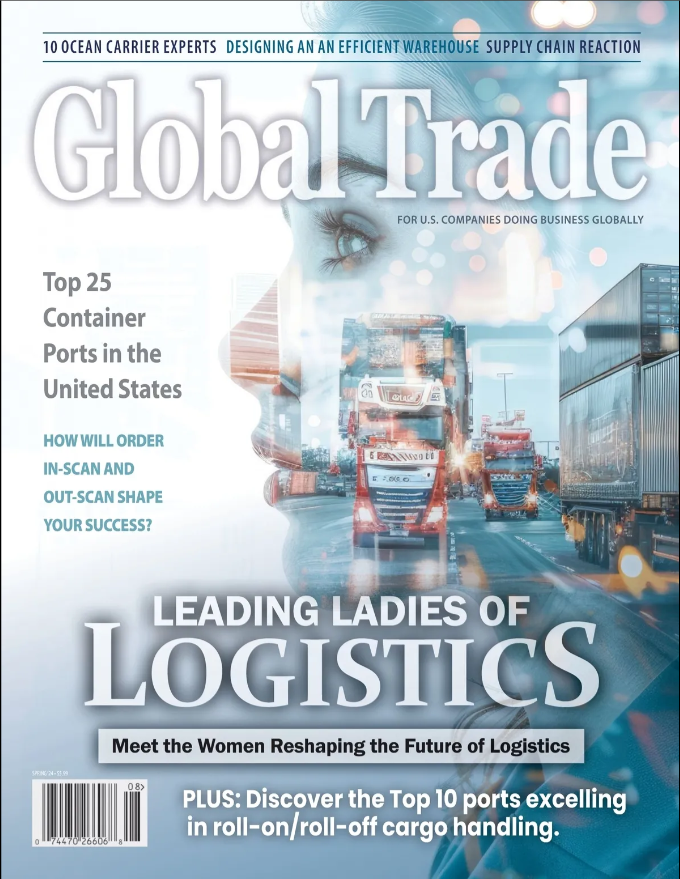Air Purifiers
United Airlines says a shipment by air can support reforestation in California, renewable wind energy generation in Texas, or environmental initiatives in the Peruvian rainforest. In the summer of last year, the air cargo carrier launched CarbonChoice, a business tool for corporate cargo customers to track and offset the emissions associated with their airfreight accounts, completely or partially.
Participating customers with large, regular shipments can receive customized emissions reports with simple options to offset their carbon footprint through the airline’s carbon offset partner, Sustainable Travel International. The partnership ensures all carbon offset projects have obtained independent third-party verification and are registered with well-respected offset programs.
According to Greg Kozak, United’s senior manager, Environmental Strategy and Sustainability, the initiative has been met with lively interest among the airline’s corporate clientele and produced verbal commitments from a number of companies.
The global reach of the program allows shippers and forwarders to select from offset initiatives all over the world, Kozak points out. “For example, if a customer looks to expand in Brazil, we can find a high-profile offset program there.”
CarbonChoice addresses both air cargo and business travel. “We found that what customers were looking for above and below the wing was actually aligned,” says David King, United’s managing director of Cargo Pricing, Revenue Management and Sales Strategy.
The lion’s share of United’s cargo business is through freight forwarders, but the airline is eager to extend CarbonChoice to shippers, who often fly on United as well as move their goods in its belly holds, King points out, adding that this would help the carrier understand shippers’ requirements better.
Air transport has been a high-profile target for efforts to reduce emissions, although it accounts for just 2 percent of global carbon emissions, according to the International Air Transport Association (IATA). The airline industry group has committed to become carbon-neutral by 2020.
Shippers’ interest in sustainable air cargo varies widely across the planet, airlines and forwarders report, with the highest level of attention in Europe. “In the U.S. it is kind of mixed. Some of our customers are strongly interested and ask about our carbon footprint. Some give us a scorecard,” says Rich Zablocki, vice president in charge of the transatlantic trade lane at CEVA Logistics.
Size is another factor. Bob Imbriani, executive vice president, Corporate Development at Team Worldwide, reports that for the most part, formal questions about the forwarder’s green credentials appear in RFQs and RFIs of Fortune 500 or Fortune 1,000 companies, not so much from small and mid-sized shippers.
That a forwarder’s green initiatives are addressed in an RFQ does not mean they factor significantly in the execution. A report published in 2013 by the United Nations Global Compact, a self-described “strategic policy initiative,” found that a majority of companies may have established sustainability expectations for their suppliers but they are not tracking compliance or helping the suppliers reach their goals.
Part of the challenge is the question of what exactly to measure and how. In the absence of universal standards, operators’ reports often compare like apples to orangutans. Whereas some carriers produce detailed analysis of their carbon footprint, others offer bare bones numbers on fuel consumption; while CO2 is the main criterion, some airlines include their nitrogen-oxide and sulfur-dioxide emissions.
The closest approximation of international standards has come from IATA, which has established an environmental assessment program as well as a standardized carbon-offset program. United was one of the airlines involved in the development of IATA’s recommended practice for calculating carbon emissions from air cargo and uses this methodology for its CarbonChoice reports. Reports are based on actual flight data recognizing aircraft type, routes, seasonality, payload and client-specific business travel and shipments on United.
A more basic tool for customers to compute the carbon footprint of a planned shipment is the airline’s online carbon calculator, which was launched in 2013. Based on key shipment data like weight, aircraft type and route, the system calculates the carbon emissions based on historical data from the previous year.
Last year, express operator DHL unveiled a web platform called Carbon Dashboard 2.0 with updated features to measure carbon efficiency and compare it with industry benchmarks. It allows analysis on the country, regional and trade-lane level.
CarbonChoice participants can also take advantage of discounted offset pricing as United, with its large customer portfolio, can purchase carbon offsets at a negotiated bulk rate lower than what an individual shipper would pay in the open market. Still, there is a cost associated with the offset. For the most part, however, green/sustainability efforts are widely expected to reduce costs rather than come at a premium. Shippers and forwarders look to better fuel efficiency and energy savings to reduce the carbon footprint of air cargo.
Hence, sustainability is not regarded as a decisive factor in carrier choices. “I don’t think sustainability has become an issue that would sway us from one carrier to another,” says Zablocki, adding that price, service level and reliability remain the essential criteria.
By the same token, the modal shift from airfreight to ocean carriers cannot be viewed as a signal of greater environmental concern. “The bottom line is cost drives people’s transportation decisions. I have not come across anyone who changes mode on environmental grounds,” Zablocki says.





Leave a Reply